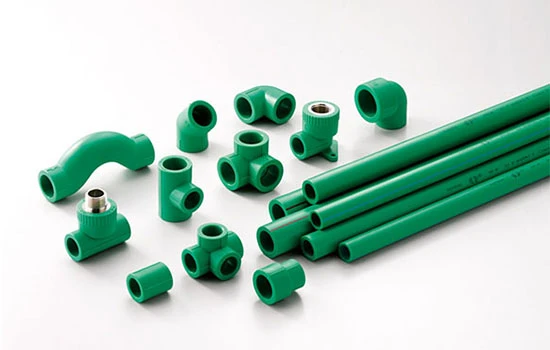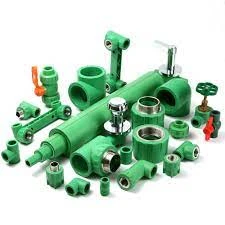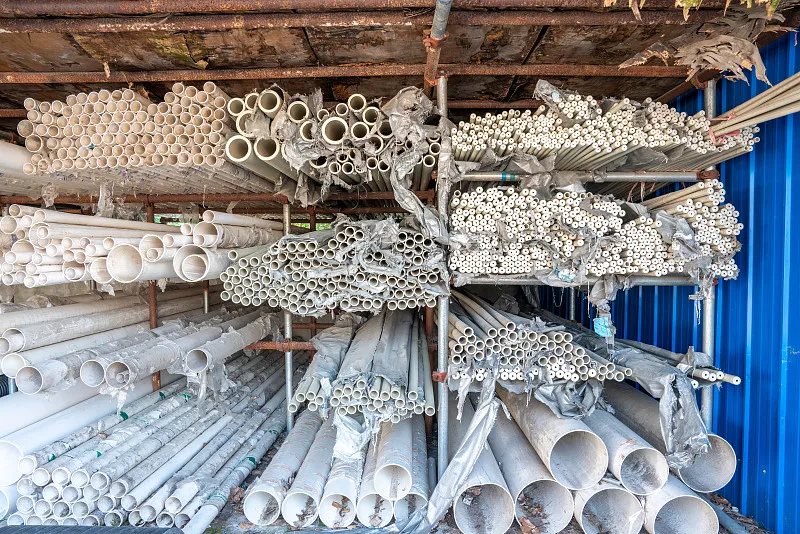Introduction
Have you ever been startled by the sudden clanging or humming noises coming from your plumbing system? Noise and vibration in pipe systems are not just minor inconveniences—they can signal underlying issues that may lead to significant problems down the line. In this article, we’ll delve into effective noise and vibration control techniques specifically tailored for Polypropylene Random Copolymer PPR pipe systems.
Understanding Noise and Vibration in PPR Pipes
Causes of Noise in Pipe Systems
Noise in plumbing often arises from water hammer effects, high flow velocities, or mechanical vibrations transferred from equipment like pumps. These sounds can range from gentle humming to loud banging, each indicating different issues within the system.
Impact of Vibration on Plumbing Infrastructure
Vibrations can cause pipes to loosen over time, leading to leaks or even bursts. They can also accelerate wear and tear on joints and connections, compromising the integrity of the entire plumbing network.
Materials and Their Role in Noise Reduction
Advantages of PPR Material
PPR pipes are known for their durability and flexibility, which naturally dampen vibrations better than rigid materials like metal. Their smooth inner surfaces also reduce friction, minimizing noise generated by water flow.
Comparison with Other Pipe Materials
Unlike PVC or copper, PPR pipes have a lower modulus of elasticity, allowing them to absorb sound waves more effectively. This makes them a superior choice for noise-sensitive installations.
Design Considerations for Minimizing Noise
Pipe Layout and Configuration
Strategically planning the pipe layout can significantly reduce noise. Avoiding sharp bends and minimizing the length of pipe runs can help in decreasing turbulence and, consequently, noise.
Importance of Proper Sizing
Using pipes that are too small for the required flow can increase water velocity, leading to noise. Properly sized pipes ensure smooth water flow and reduce the chances of pressure-induced sounds.
Installation Best Practices
Secure Mounting Techniques
Loose pipes are prone to movement, which amplifies noise and vibration. Securely mounting pipes using appropriate clamps and supports can mitigate this issue.
Use of Flexible Connectors
Flexible connectors absorb vibrations from equipment like pumps, preventing them from traveling throughout the pipe system.
Insulation Techniques
Types of Insulation Materials
Materials like foam rubber or polyethylene foam are excellent for insulating PPR pipes. They not only retain heat but also dampen sound.
Application Methods for PPR Pipes
Wrap the insulation material snugly around the pipes, ensuring there are no gaps. Secure it with adhesive tape or clamps designed for insulation.
Acoustic Lagging
Benefits of Acoustic Lagging
Acoustic lagging involves wrapping pipes with sound-absorbing materials. This technique is highly effective in commercial settings where noise reduction is paramount.
Installation Guidelines
Ensure the lagging material covers all exposed pipe surfaces. Overlaps should be sealed to prevent sound leakage.
Isolation Techniques
Vibration Isolation Supports
These supports are designed with rubber or spring elements that absorb vibrations, preventing them from being transmitted to the building structure.
Decoupling Strategies
Decoupling involves separating the pipe from the structure using isolation mounts, reducing the transfer of vibrations.
Pressure Regulation
Role of Pressure Reducing Valves
Installing pressure-reducing valves helps maintain consistent water pressure, reducing the chances of noise due to sudden pressure changes.
Maintaining Optimal Flow Rates
Keeping flow rates within recommended limits minimizes turbulence and noise within the pipes.
Flow Velocity Control
Impact of High Flow Velocity
High velocities can cause excessive noise and increase wear on the pipe system. It’s crucial to design systems that operate within optimal flow velocities.
Methods to Control Flow Speed
Use flow control valves and consider pipe diameter adjustments to manage the speed of water within the system.

Regular Maintenance
Importance of System Check-Ups
Regular inspections can catch issues like loose supports or worn-out components that contribute to noise and vibration.
Identifying Wear and Tear Early
Early detection of wear can prevent small issues from escalating into major problems, saving time and money.
Advanced Noise Reduction Technologies
Active Noise Control Systems
These systems use sound waves to cancel out unwanted noise, offering a high-tech solution to noise problems.
Smart Monitoring Solutions
IoT devices can monitor vibration levels in real-time, alerting maintenance teams to potential issues before they become critical.
Case Studies
Successful Noise Reduction Projects
Several commercial buildings have successfully implemented these techniques, resulting in quieter, more efficient plumbing systems.
Lessons Learned
The key takeaway is that a combination of proper design, installation, and maintenance is essential for effective noise and vibration control.
Environmental and Regulatory Considerations
Compliance with Noise Standards
Adhering to local and international noise regulations is not just legal compliance but also enhances occupant comfort.
Sustainability Practices
Using eco-friendly materials and energy-efficient designs contributes to overall sustainability goals.
Conclusion
Controlling noise and vibration in PPR pipe (ISO 15874)systems is a multifaceted challenge that requires careful consideration of materials, design, installation, and maintenance. By implementing the techniques outlined in this article, you can ensure a quieter, more efficient plumbing system that stands the test of time.


















